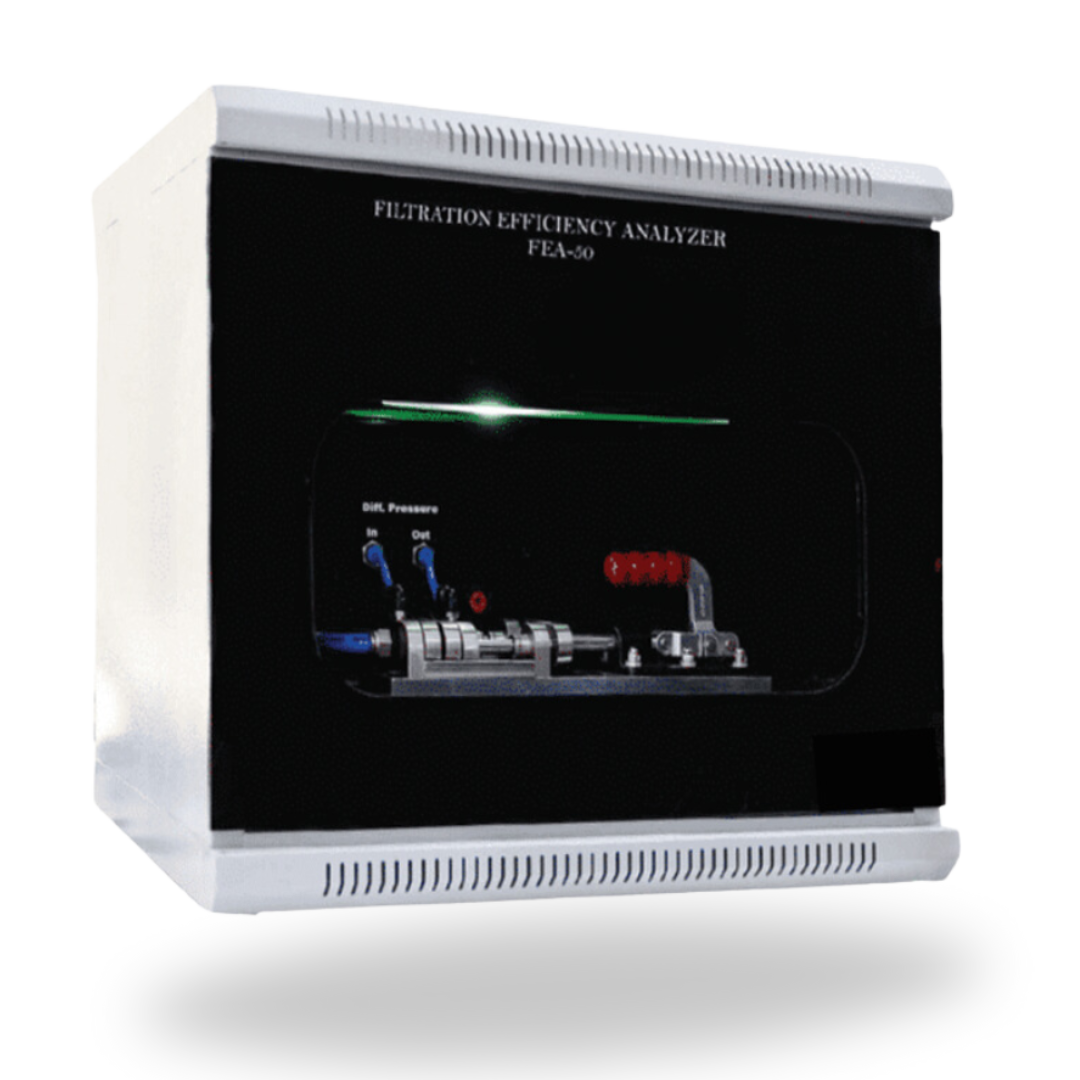
Particulate Filtration Efficiency Analyzer
ASTM F316, ASTM D6767
- Request Quote
- Download Brochure
- Learn More
Stay up-to-date with the latest news, trends, and insights delivered directly to your inbox.
Subscribe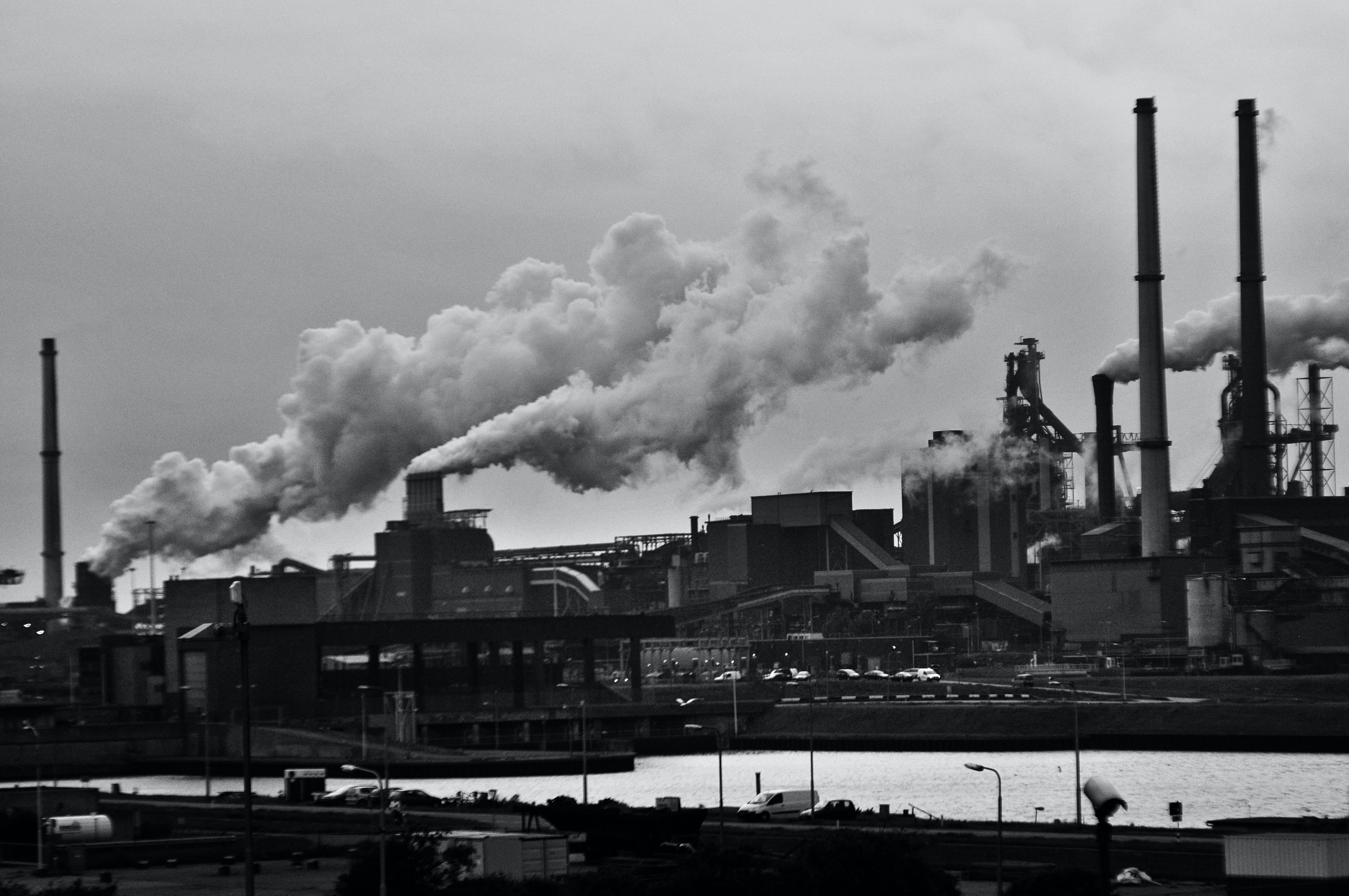

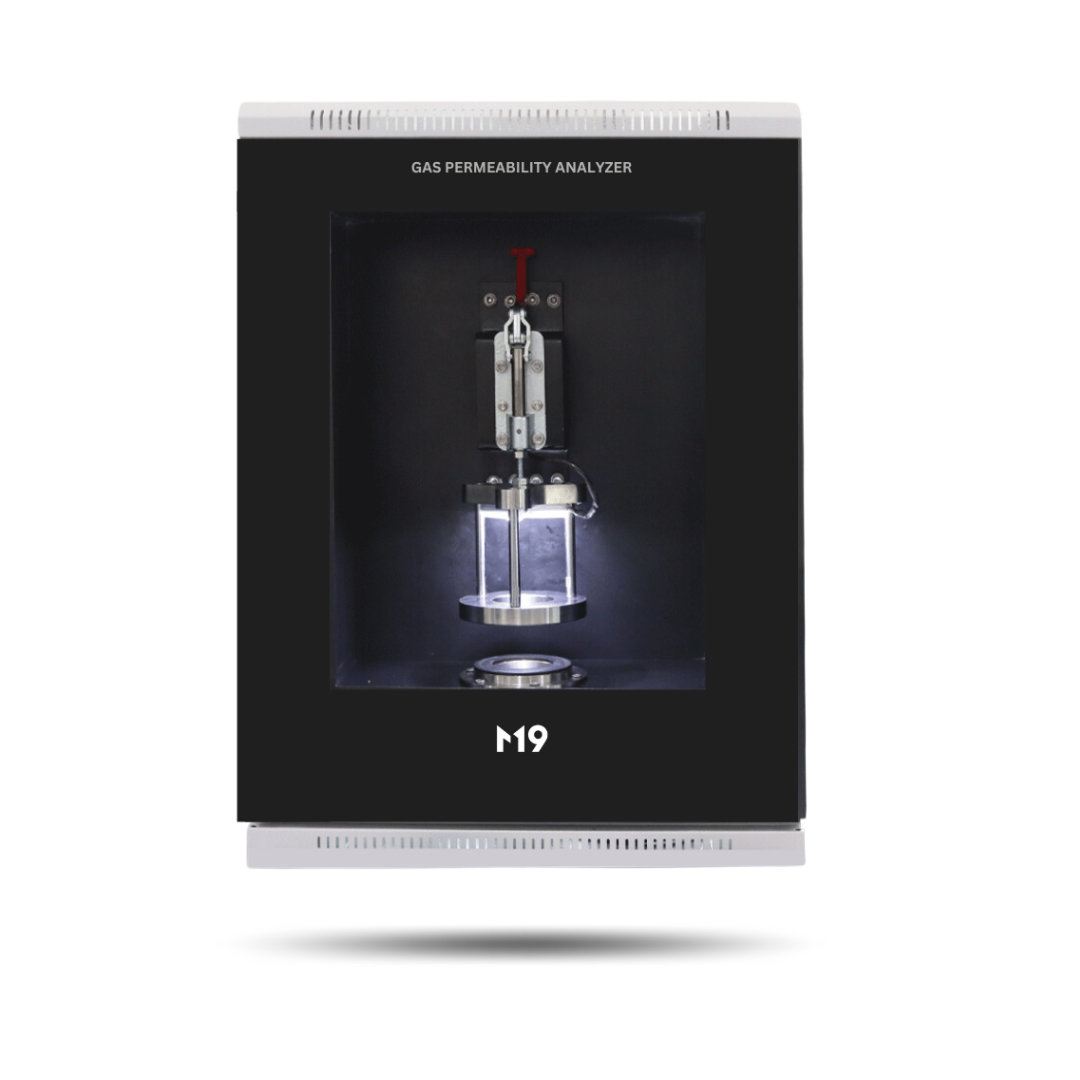
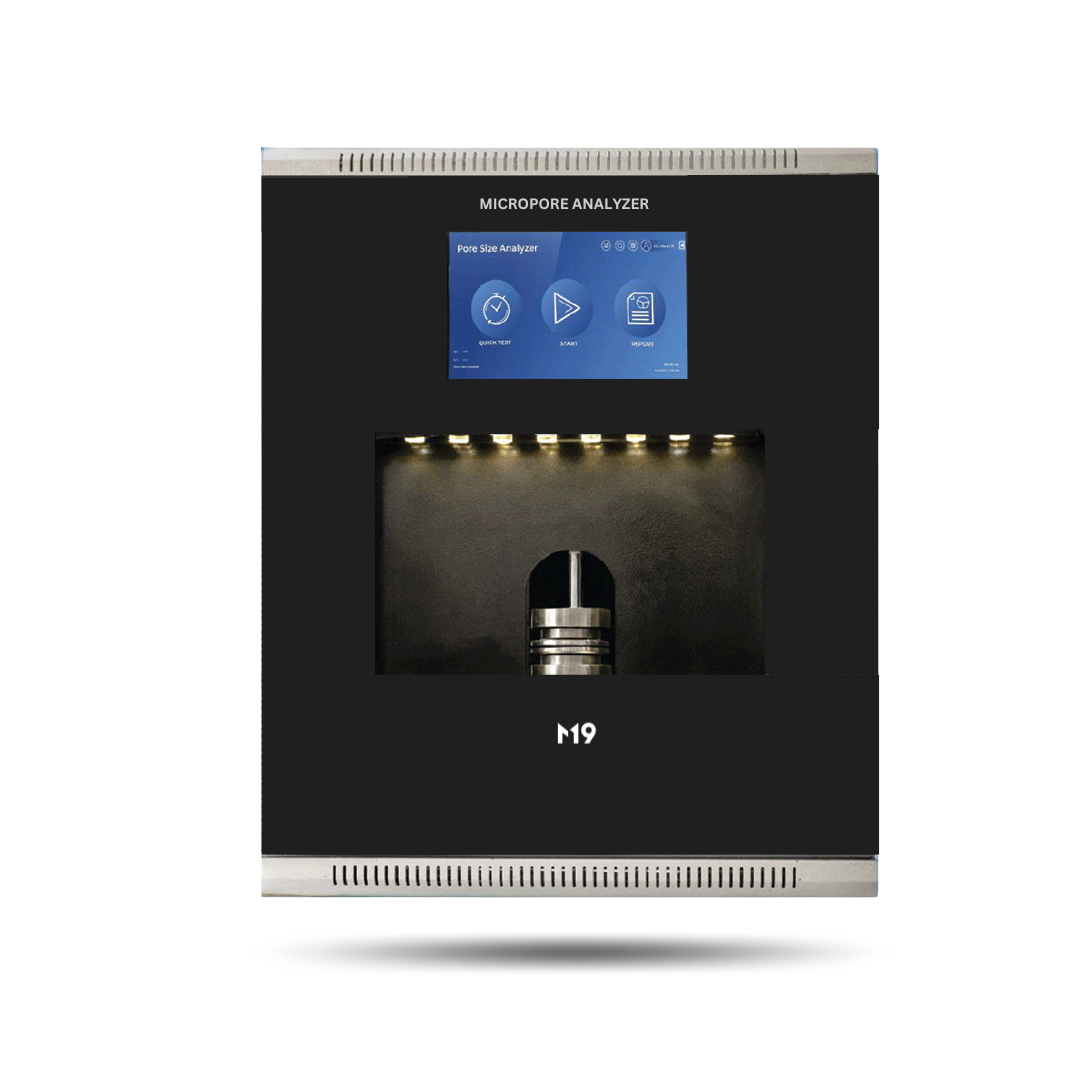
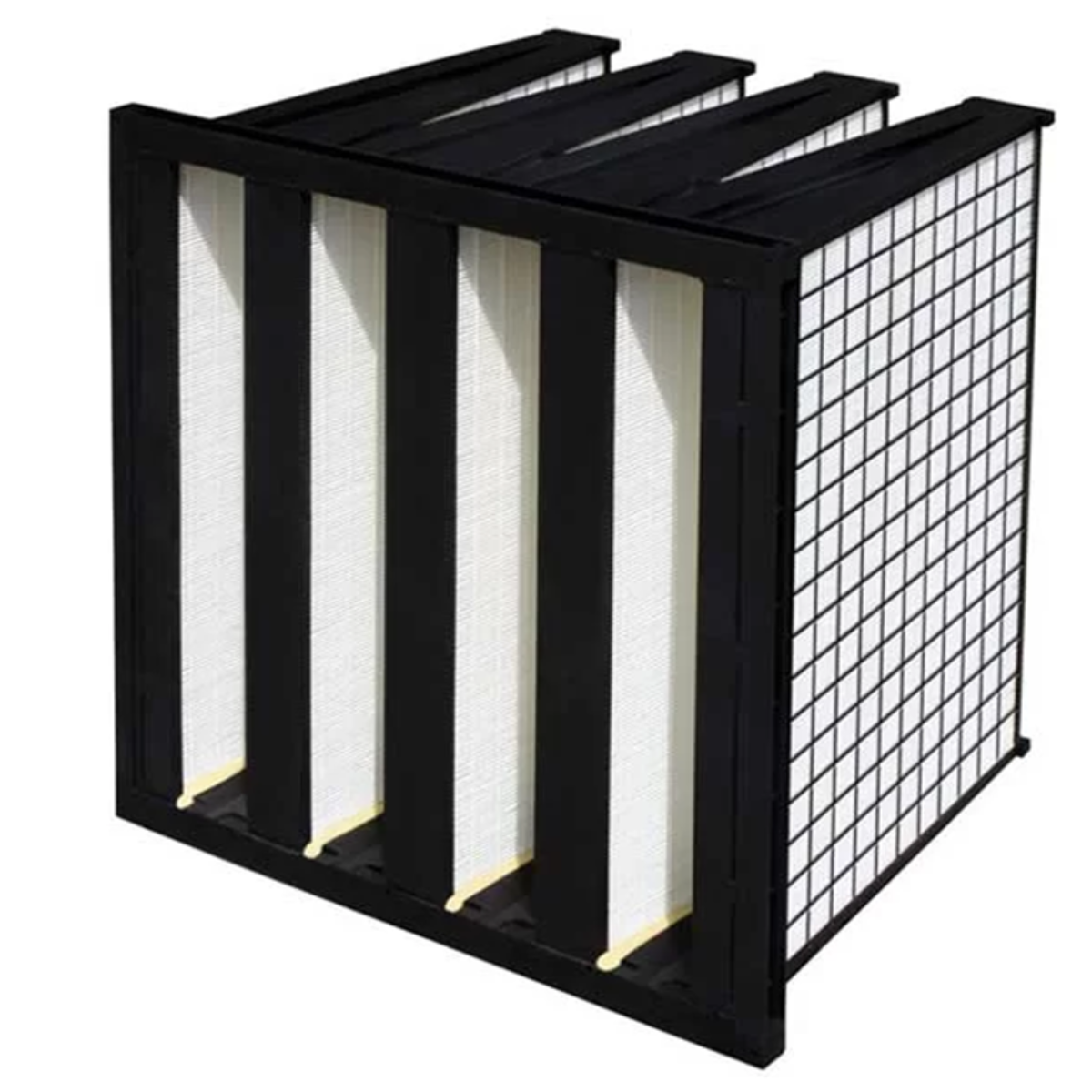
Hepa (High Efficiency Particulate Air) filters are used in air filtration systems to trap particles such as dust, pollen, pet dander, and other airborne allergens. They are highly effective at removing small particles from the air, including those that are less than 0.3 microns in size.

Cabin air filters are another type of air filter used in vehicles to improve the air quality inside the passenger compartment. They are designed to trap particles and pollutants such as dust, pollen, bacteria, and exhaust gases before they enter the cabin through the HVAC system.
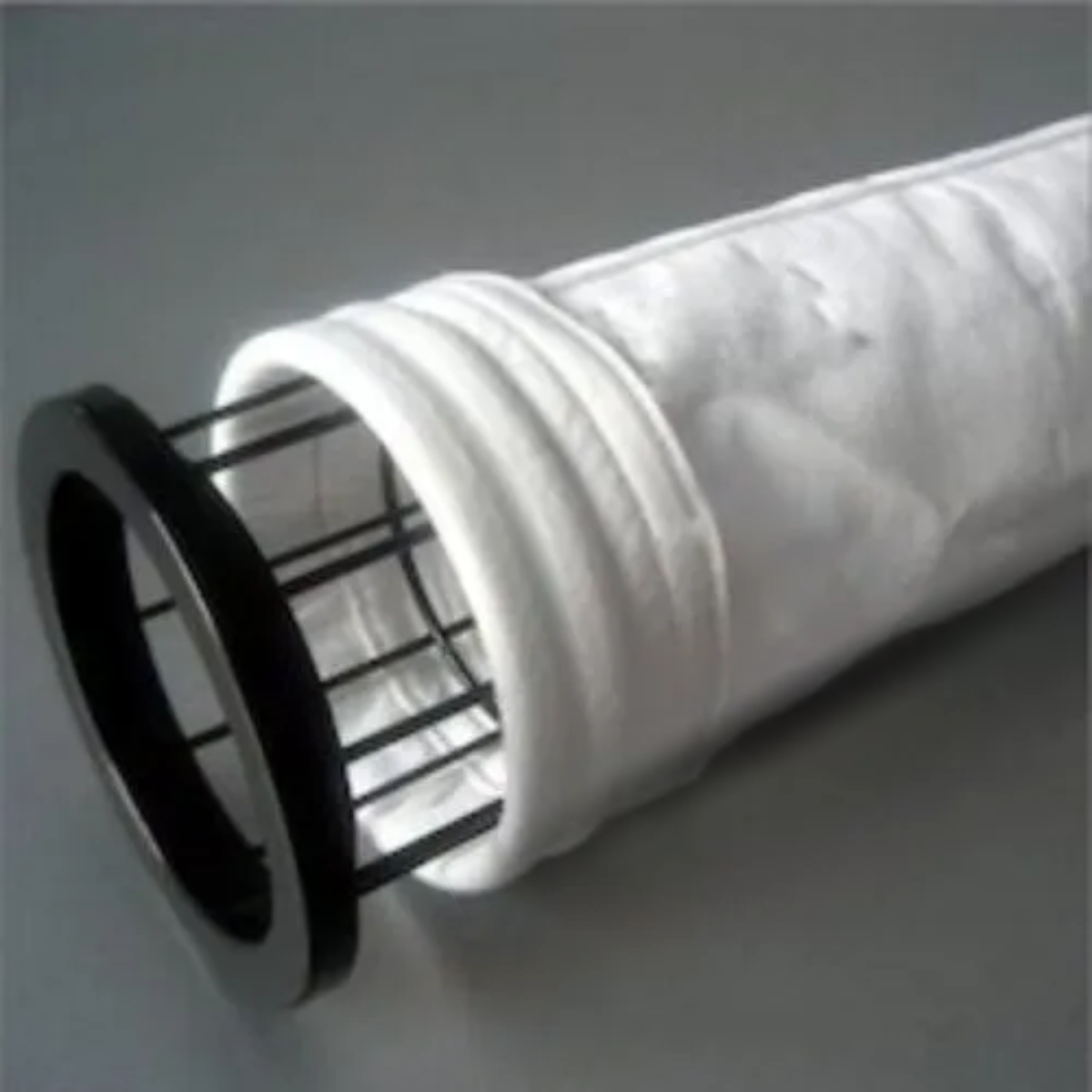
Bag filters are a type of air filter used in industrial applications to remove particles and contaminants from the air. They are commonly used in HVAC systems, industrial dust collectors, and other air purification systems. Bag filters are highly efficient at removing particles from the air, including those that are smaller than 10 microns in size.
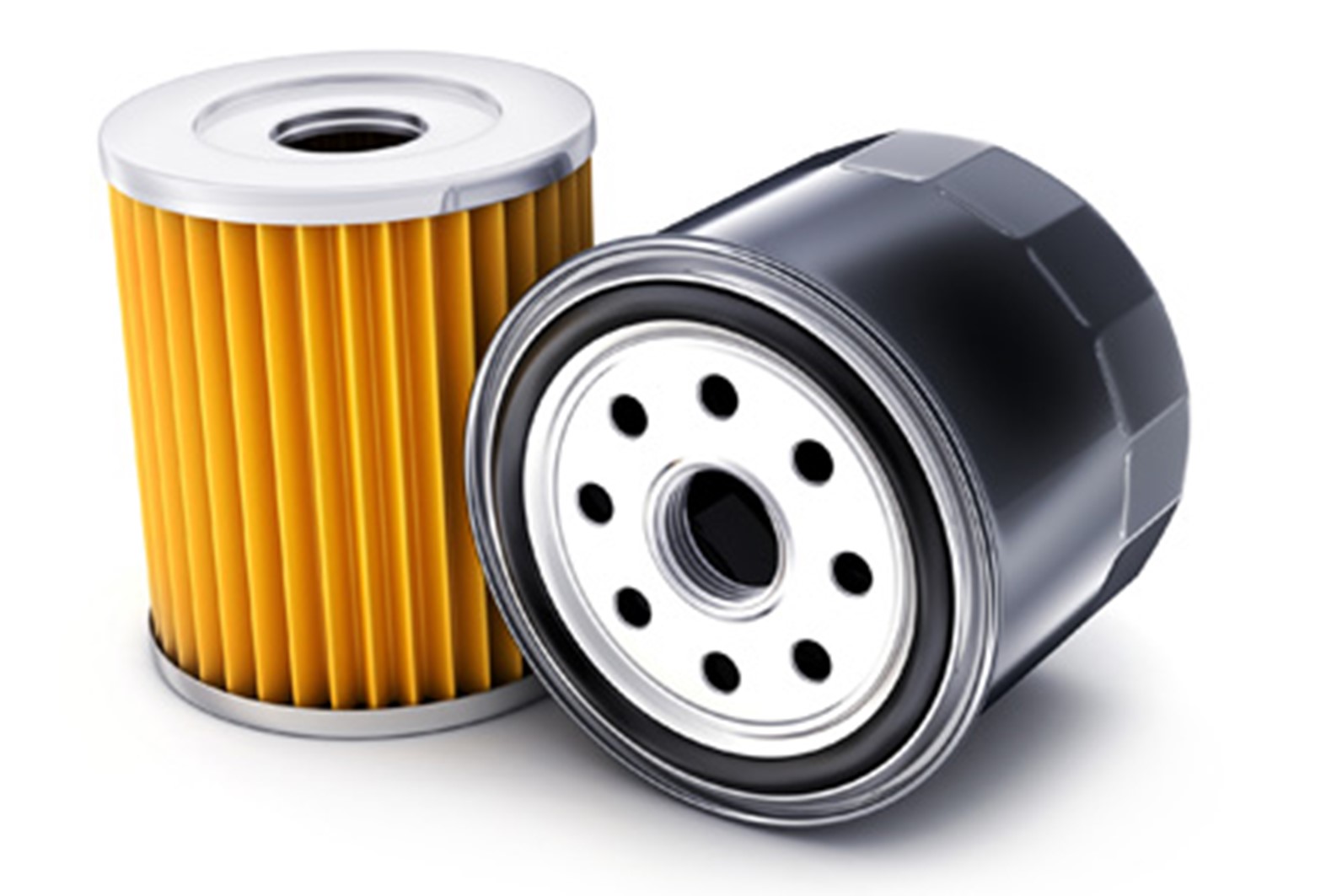
Cartridge filters have application in various fields. For example filtration of lubricant oil or fuels in engines of automobile, cold sterilization of a beverage or injectable solute, ultra-decontamination of chemical and rising waters in electronic component manufacture, removal of particles susceptible to clog an ink jet printer, cleaning of nuclear power plant liquids etc.

Membrane technology is among many techniques for CO2 gas separation. The cellulose acetate (CA) membrane is a widely used polymeric membrane for gas separation, including CO2 and CH4 gases.
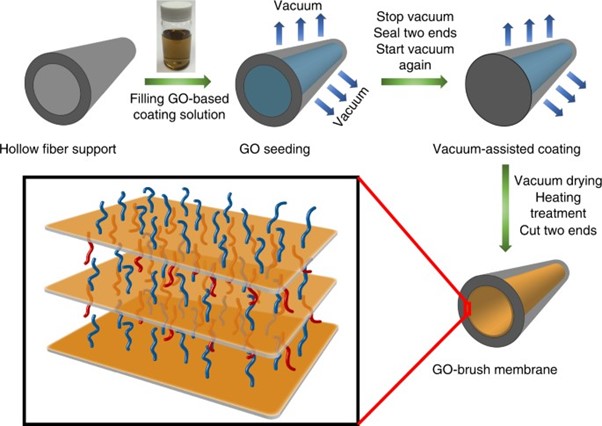
The development of advanced adsorbents with high capacity, fast rate, and easy regeneration has great practical application value. In this paper, polystyrene-polymaleic(anhydride) (PSMM-NH2) hollow microspheres with a high density of amino groups are prepared and used for the efficient adsorption of anionic dyes with the maximum adsorption amount for acid red as high as 951.1 mg g−1.

In various industrial processes water comes into contact with several pollutants, like hydrocarbons, hazardous chemicals, sewage sludge from boilers, cooling towers, and heat exchangers, and is not reusable.
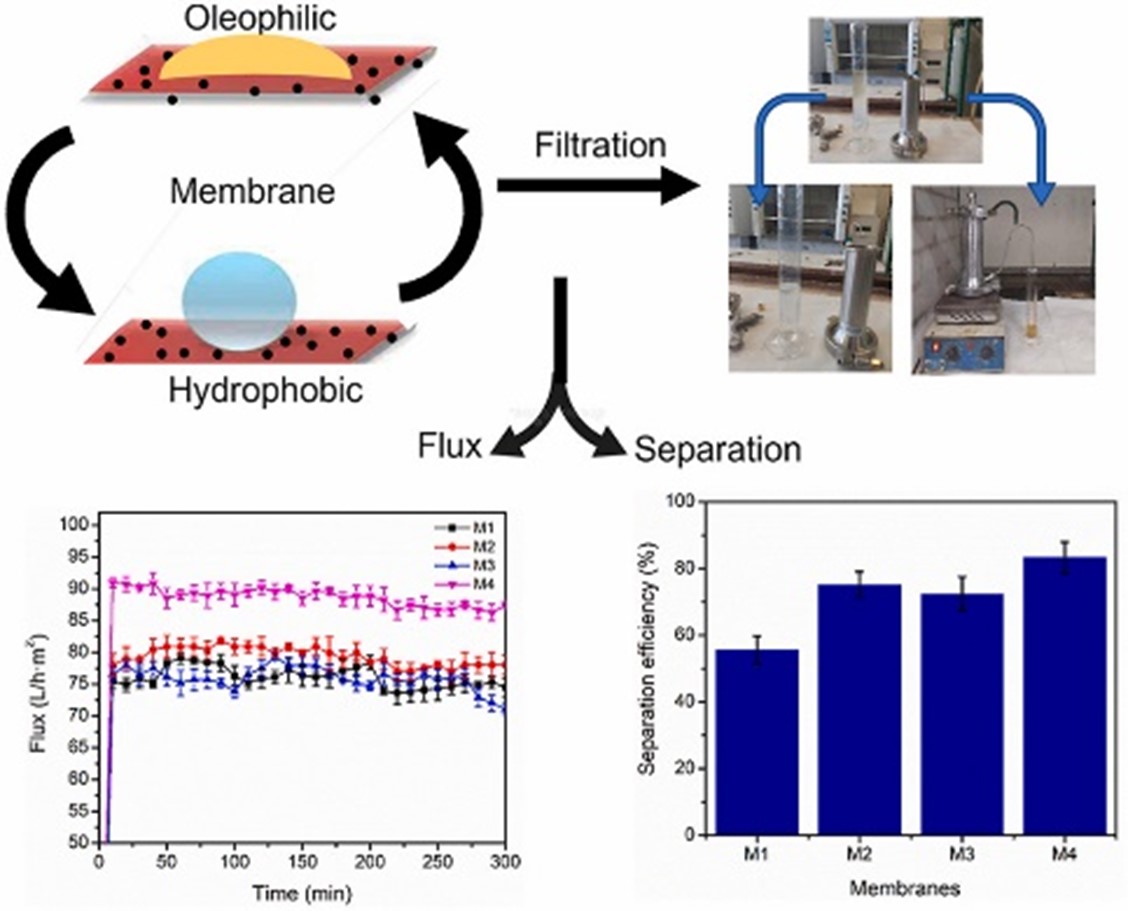
Oil spillage and industrial discharge of oily wastewater threaten the health of the human beings and the environmental life. To perform oil cleaning from the water bodies, several physicochemical methods have been employed.
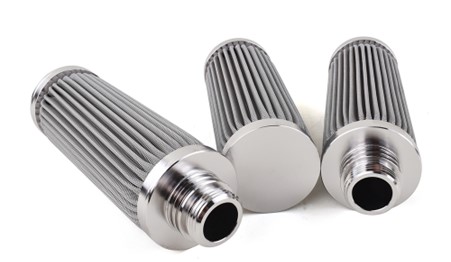
Sintering is a process of the metallurgy of filter with different metals and alloys (aluminium, copper, nickel, bronze, stainless steel, titanium etc.) in powder form.